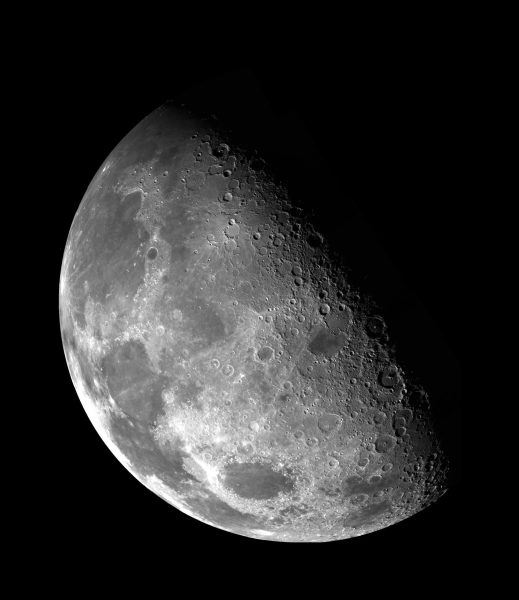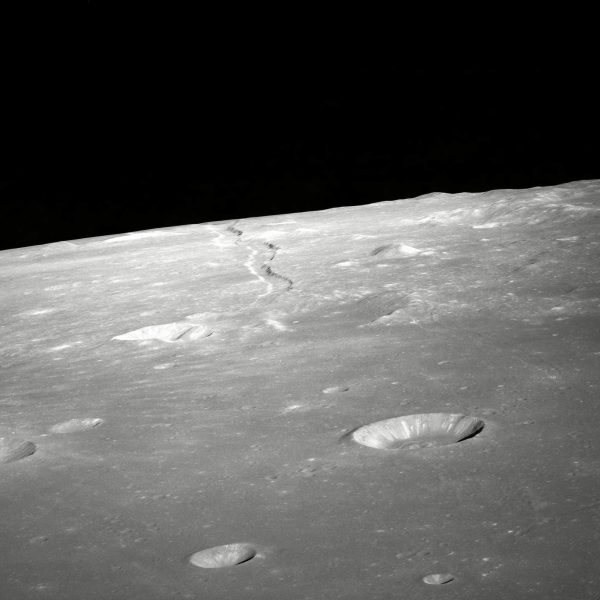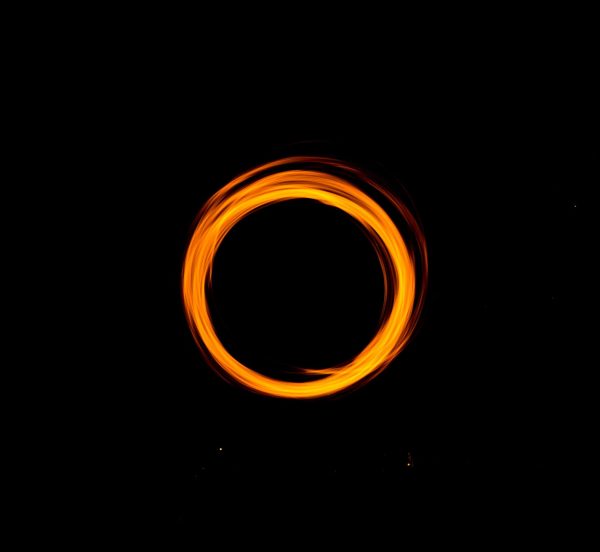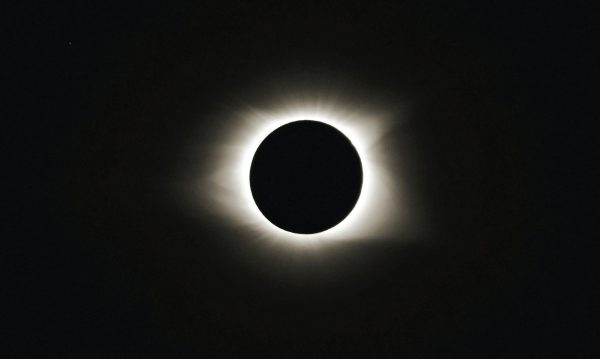Comets, Meteors, Eclipses and Other Celestial Events of 2023
February 27, 2023
2023 promises to be a fantastic year for stargazers and astronomy enthusiasts, with a plethora of celestial events taking place throughout the year. From comets to meteor showers to eclipses and more, the sky will be illuminated in all its glory. Here’s a closer look at some of the most exciting events to look forward to:
In early February, a green comet was visible in the northern hemisphere for the first time since the Stone Age. This comet has an orbit that passes through the outer reaches of our solar system, causing it to be visible from Earth very rarely. The closest this comet has been to Earth was 26-27 million miles away, more than 100 times further than the moon’s distance from Earth (EarthSky). The comet’s green color is caused by the reaction of diatomic carbon with the sun’s outgassing particles, known as the solar wind. While it is common for comets to possess this feature, this comet’s proximity to the sun caused a more vivid color of green to appear in the sky. Though the comet has already passed, it can still be viewed through sources such as NASA.
On March 1, the planets Venus and Jupiter will appear to be nearly touching each other. Although this is only an optical illusion, the event is still worth watching. The planets will be extremely bright together and hard to miss, so all you will need is a pair of binoculars or a telescope and a clear view of the sky.
Saturn enthusiasts can catch the planet at its closest approach to Earth on August 27. This event, known as opposition, occurs when Earth is located between Saturn and the Sun. Saturn can be seen without any equipment, but in order to see the famous rings, you may need to use a telescope.
August 31 marks the appearance of a blue supermoon. A blue moon refers to the second full moon of a month, while a supermoon occurs when the full moon coincides with the moon’s closest approach to Earth in its orbit. This event is sure to be a sight to behold, as the last time a blue supermoon occurred was January 31, 2018.
On October 14, an annular solar eclipse, also known as a “ring of fire” eclipse, will spread its fiery reddish aura around the moon. A solar eclipse occurs when the Earth, Sun, and moon are in alignment, but the moon is too far from the Earth to completely block the Sun. Those in Oregon through Texas, across the Caribbean, through Central America, and out across Brazil will be able to see the full effect of the eclipse (Washington Post).
To wrap up the major events of 2023, the Geminids meteor shower will make its yearly return to the skies beginning on November 19 and ending on December 24 (American Meteor Society). Unlike past years, the light of the moon does not look like it will be in any position to obscure the viewing of this phenomenon, allowing some to see up to 150 meteors per hour.
Overall, 2023 is shaping up to be an exciting year for astronomy enthusiasts, and there will be plenty of opportunities to witness the wonder of the cosmos firsthand.













